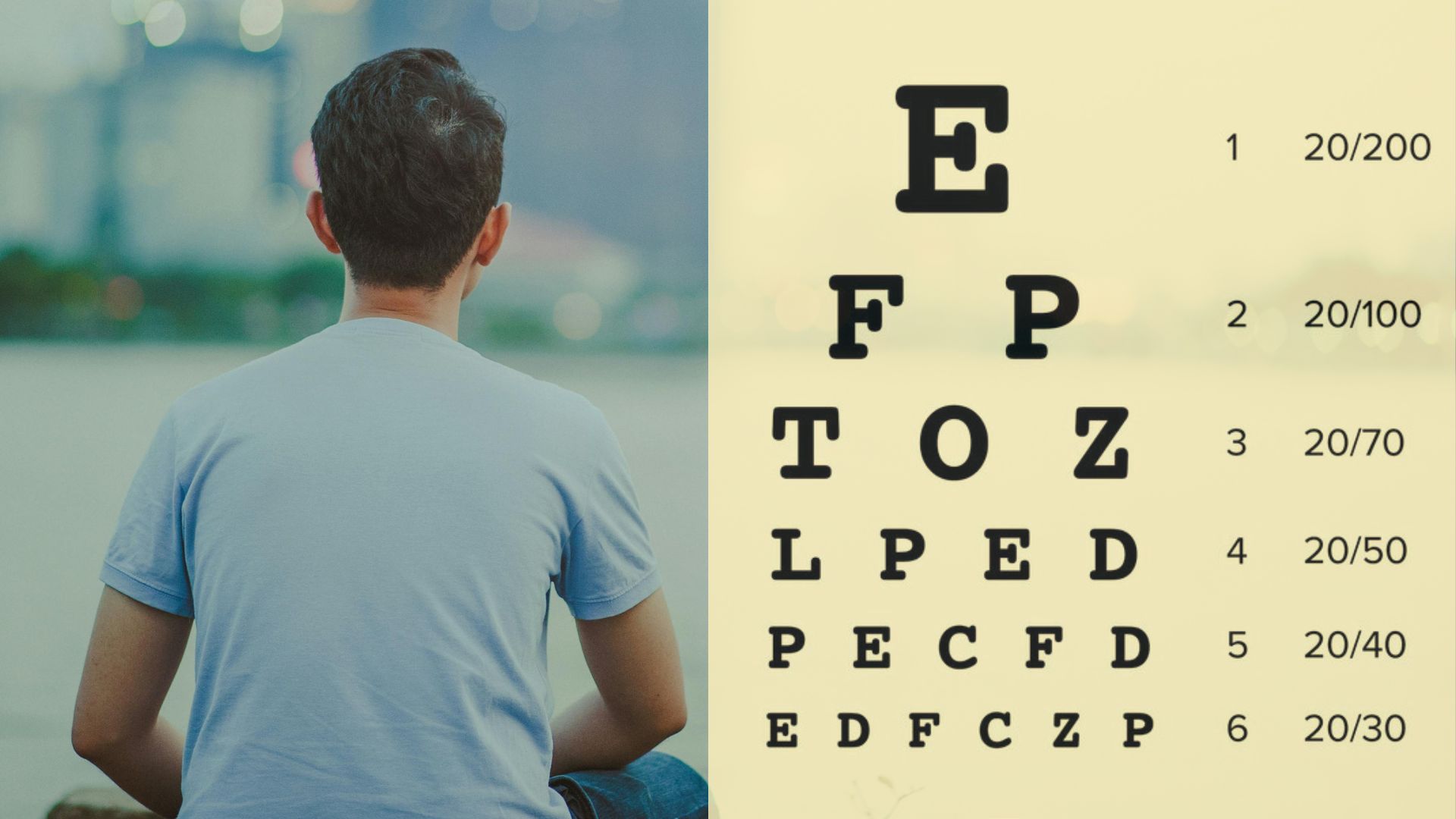Are you or someone you know struggling with vision problems? Do you find yourself squinting to see objects or people in the distance? You may be wondering what 20/100 vision means and how it affects daily life. In this blog post, we’ll delve into the world of visual acuity, exploring what 20/100 vision is, its causes, symptoms, and treatment options.
What is 20/100 Vision?
Visual acuity is the sharpness and clarity of vision, measured by the ability to see objects at a certain distance. 20/100 vision is a measurement of visual acuity, where the numerator (20) represents the distance at which the test is performed (20 feet), and the denominator (100) represents The distance at which a person with normal vision can see an object clearly without any blurriness or haziness is referred to as the visual acuity distance.
In simpler terms, if you have 20/100 vision, it means you can see objects clearly at 20 feet, and a person with normal vision can see at 100 feet. This is considered a relatively low visual acuity, indicating that you may have difficulty seeing objects or people at a distance.
Causes of 20/100 Vision
Several factors can contribute to 20/100 vision, including:
- Myopia (Nearsightedness): A refractive error where close objects are clear, but distant objects appear blurry.
- Hyperopia (Farsightedness): A refractive error where distant objects are clear, but close objects appear blurry.
- Astigmatism: An irregular curvature of the cornea, causing blurry vision at all distances.
- Presbyopia: Age-related loss of near vision, typically starting around age 40.
- Eye diseases: Conditions like cataracts, glaucoma, or retinal detachment can also affect visual acuity.
- Injury or trauma: A blow to the eye or head can cause vision problems.
Symptoms of 20/100 Vision
If you have 20/100 vision, you may experience:
- Difficulty seeing objects or people at a distance
- Straining or squinting to see clearly
- Eye fatigue or discomfort
- Difficulty driving or navigating stairs
- Difficulty recognizing faces or objects
Treatment Options
The good news is that 20/100 vision can be treated with various options, including:
- Glasses or contact lenses: Corrective lenses can improve visual acuity.
- Refractive surgery: Procedures like LASIK or PRK can reshape the cornea to improve vision.
- Cataract surgery: Removing the cloudy lens and replacing it with an artificial one.
- Prescription lenses: Specialized lenses for presbyopia or astigmatism.
Living with 20/100 Vision
While 20/100 vision can present challenges, there are ways to adapt and improve your daily life:
- Assistive technology: Magnifying glasses, closed-circuit televisions, or e-readers can help.
- Visual aids: Telescopic lenses or bioptic telescopes can enhance distance vision.
- Compensatory techniques: Developing strategies to adapt to vision loss.
Conclusion
20/100 vision may present challenges, but understanding its causes, symptoms, and treatment options can help you take control of your vision health. If you’re struggling with vision problems, consult an eye care professional for personalized advice and treatment. Remember, with the right support and resources, you can navigate the world with confidence and clarity.
READ ALSO: ZA WARUDO! Everything You Need to Know About The World of JoJo’s Bizarre Adventure
